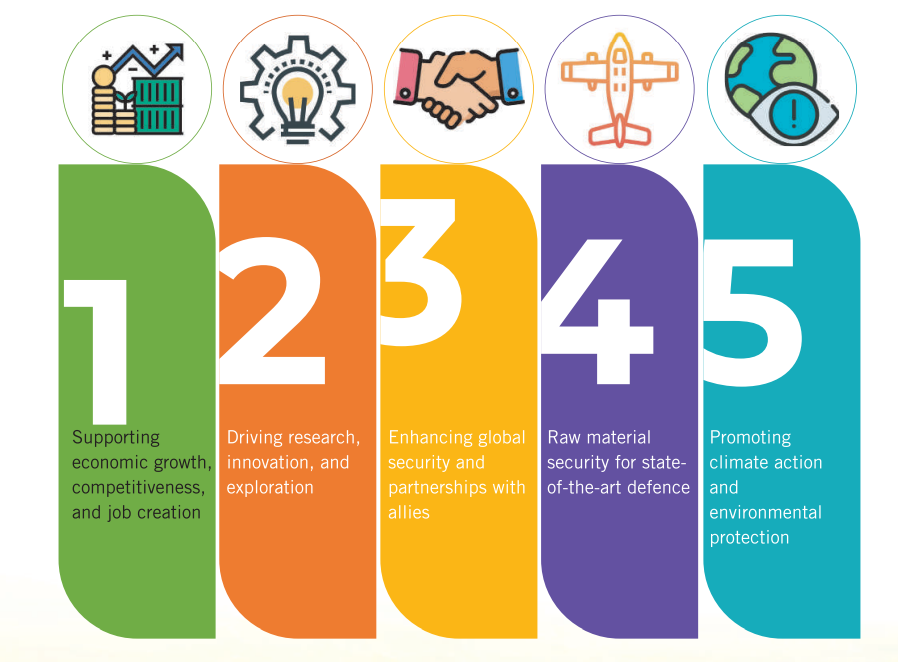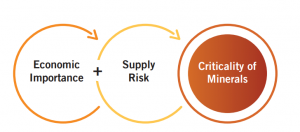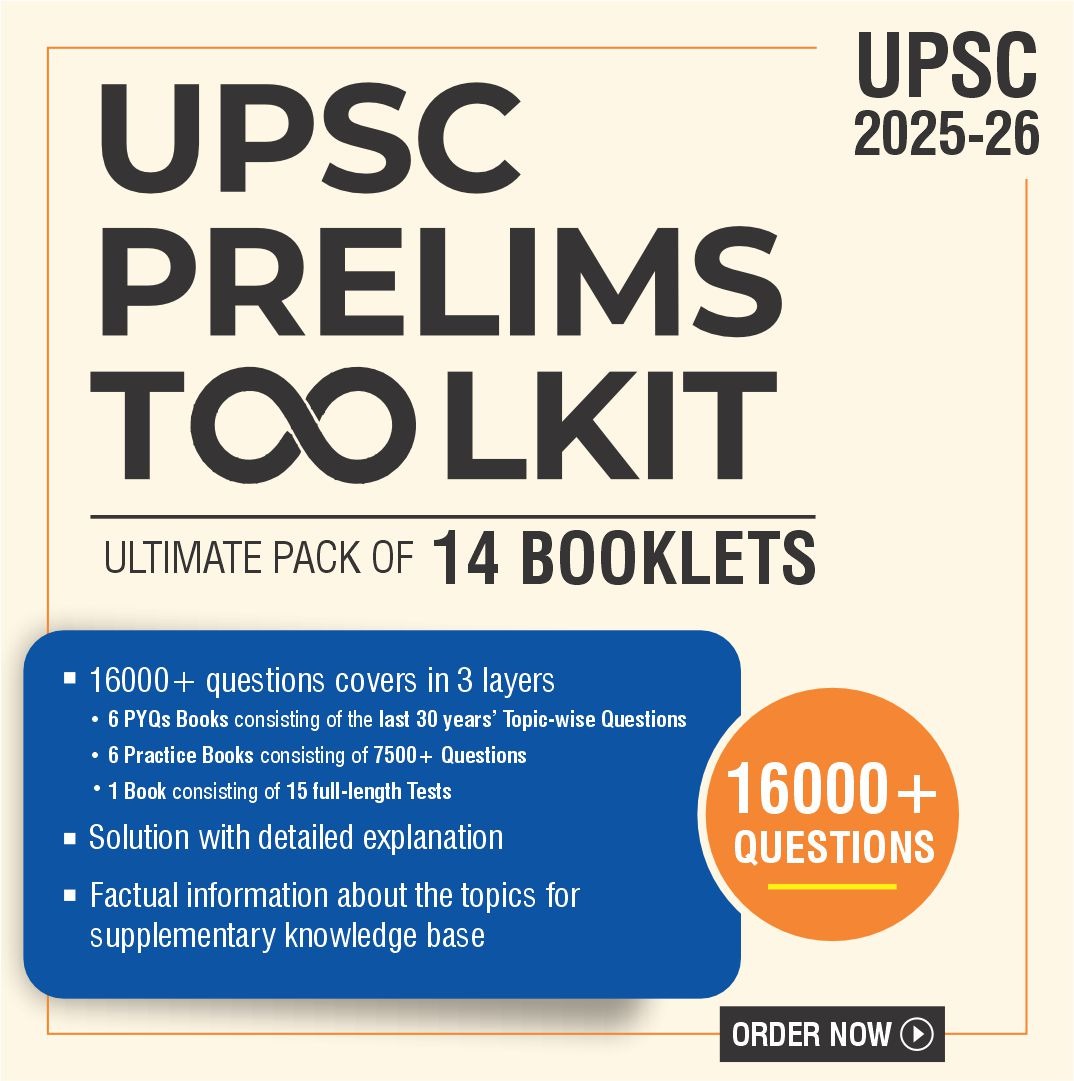India has announced a Critical Mineral Mission as part of Budget 2024-25. Through this mission, India aims to boost the domestic output and recycling of critical minerals like copper and lithium. These Minerals have strategic importance in sectors like defence, agriculture, energy, pharmaceutical, telecom. However, these minerals face supply chain vulnerabilities, due to their lack of availability and concentration in a few geographical locations. Hence, India has been focusing on securing the supplies of critical Minerals.
What are Critical Minerals? What is the classification criterion and identified list of critical Minerals in India?
Critical Minerals- These minerals are essential for economic development and national security as they are used vital for development of materials for defense, aerospace, nuclear, and space applications. There are associated risk of supply chain vulnerability and disruption with these minerals, due to their lack of availability, and concentration of existence, extraction or processing of these minerals in few geographical locations.
Factors Affecting Criticality-
Source- Ministry of Mines
| Economic Importance (EI) | Supply Risk (SR) |
| 1. Disruption Potential 2. Substitutability Index (SI) 3. GVA Multiplier Score 4. Cross-Cutting Index (CCI) | 1. Governance-weighted Material Concentration 2. End-of-life Recycling Rates (EOL-RR) 3. Import Reliance (IR) and SelfSufficiency (SS) 4. Substitutability Index (SR) |
Critical Minerals Identified in India- The Government of India identified 30 minerals as Critical in July 2023.
| Antimony Beryllium Bismuth Cobalt Copper Gallium Germanium Graphite Hafnium Indium | Lithium Molybdenum Niobium Nickel PGE Phosphorous Potash REE Rhenium Silicon | Strontium Tantalum Tellurium Tin Titanium Tungsten Vanadium Zirconium Selenium Cadmium |
What is the Importance of Critical Minerals for India?
1. Push to India’s Economic Development- These Minerals give a push to India’s economic development as industries such as high-tech electronics, telecommunications, transport, and defense rely heavily on these minerals. Their growth can lead to job creation, income generation, and innovation in these sectors. For ex- India’s push to become semiconductor manufacturing hub rests on the availability of these minerals.
2. Energy transition towards Net-zero Emissions- These minerals are the foundation of modern technologies like solar panels, wind turbines and advanced batteries, which will help in energy transition and would give a push to India’s goal of net-zero emission by 2070.
3. Competitive Value chain establishment in India- The discovery of critical mineral wealth and identification of areas of their potential use in advanced technologies will help in establishing competitive value chain in India. This would help in attracting foreign direct investments from countries like UK, USA as part of their China+1 strategy.
4. National Security- These minerals are vital for defense, aerospace, nuclear, and space applications due to their usage in development of high-quality and reliable materials capable of withstanding extreme conditions and performing complex functions. These would in turn help in bolstering India’s national security.
5. Reducing India’s import Bill- Currently most of the critical minerals are imported in India. The exploration and increased production of these minerals would help in reducing India’s import burden and Current Account Deficit.

What are the Challenges with Critical Minerals?
1. Geopolitical and oligopolistic Monopoly- The concentration of critical minerals in few countries, has led to geopolitical monopoly with only a few countries dominating these mineral resources. This leads to oligopolistic (domination by a few large firms) markets. For ex- Australia controls 55% of lithium reserves, and China has 60% of rare earths.
2. China’s dominance in the processing and refining sector- China is a central player in the global critical mineral supply chains, particularly in processing and refining. It accounts for about 60% of worldwide production and 85% of processing capacity. China’s dominance leads to political leverage over other countries.
3. Geopolitical Risks- The geographical concentration of the these minerals makes them vulnerable to geopolitical risks. Geopolitical tensions, conflicts, trade disputes, or sudden policy changes in those regions can impact their supply. For ex- The civil war in Democratic Republic of the Congo, has affected the global supply chain of cobalt, as 70% of the world’s reserves of cobalt are located in DRC.
4. Resource Nationalism- The geographical concentration of these minerals has led to resource conflicts. This has increased resource nationalism, and trade fragmentation. For ex- Rising resource nationalism in Africa.
5. Price Volatility- Unlike oil, most critical materials are not widely traded on exchanges, and this limits opportunities to hedge against price volatility. Further, insufficient data on consumption, production, and trade of minerals causes uncertainty, price volatility and delays in investments.
6. Rising Import Bill- Between FY22 and FY23, there has been a 34% rise in imports of critical minerals, totaling nearly Rs. 91,000 crore. India’s heavy reliance on imports for these minerals, poses a risk to its industrial and energy security.
7. Environmental Concerns- Mining activities of these can lead to biodiversity loss, land use change, water depletion and pollution, waste contamination, and air pollution. For ex- Lithium mining in the fragile landscapes of the Chilean Atacama desert is water-intensive.
8. Long Gestation Period for Alternatives- Development of alternative sources and processing capabilities of critical minerals, like India’s plans with Australia, can take over 15 years, delaying self-reliance.
| Read More- Critical Minerals Summit |
What initiatives have been taken by the Government for Critical minerals in India?
| Amendment to Mines and Minerals (Development and Regulation) Act, 1957 | Through the MMDR Amendment Act, 2023, the Central Government is empowered to auction blocks of 30 critical minerals. The amendment permits private sector entry through auctions. |
| FDI liberalisation | In 2019, India has allowed 100% foreign direct investment. Certain minerals which were previously classified as atomic have been reclassified, facilitating private-sector mining. |
| International Collaboration | India joined the Mineral Security Partnership, which is a US led initiative involving 13 countries and the EU. Khanij Bidesh India is assisting Argentina in lithium exploration and discussing lithium and cobalt blocks in Australia. |
| Institutional Initiatives | The Geological Survey of India has initiated over 250 projects to explore deep-seated critical minerals. India has launched startup challenges to develop advanced processing technologies. |
| Budgetary Support 2024 | Customs Duty Removal- Customs duties on 25 critical minerals, such as lithium, nickel, copper, and cobalt, have been removed to enhance domestic manufacturing of advanced technologies like electric vehicles (EVs) and energy storage systems. Concessional Customs Duty Extension- The concessional customs duty of 5% on lithium-ion cells has been extended until March 2026. |
| Critical Mineral Mission | In the Budget 2024, Critical Mineral Mission has been announced to give a boost to India’s critical minerals Sector. |
Significance of Critical Mineral Mission
| 1. Promotion of domestic production and recycling of critical minerals by increasing the capacities of India in terms of refining and processing 2. Identification of minerals which are critical, which will help the country to plan for the acquisition and preservation of such mineral assets taking into account the long term need of the country. 3. Reduction of India’s import dependency as India is 100% import dependent for certain elements. 4. Expedited exploration, overseas mineral acquisition, resource efficiency, recycling of minerals, and finding substitutes through suitable R&D. |

What Should be the Way Forward?
1. Implementation of the recommendations of expert committee on critical Minerals- Setting up of the Centre of Excellence for Critical Minerals (CECM) as a dedicated wing in the Ministry of Mines. This can be on the lines of CSIRO which is an Australian government corporate entity. The centre of excellence can collaborate with international agencies or Khanij Bidesh India Ltd (KABIL) for the strategic acquisition of foreign assets of these minerals.
2. Push for Expansion of Mineral Security Partnership (MSP)- Along with India, more countries in the Global South can be part of the alliance, especially critical mineral-rich African countries. The MSP can become an international platform that reports on the status and future of critical mineral markets.
3. Encourage FDI in Domestic Mining- Rising foreign direct investment (FDI) will not just support businesses like battery and EV manufacturing. It will also bring the expertise of international mining firms to aid in exploring critical minerals for the country’s benefit.
4. Investment in Beneficiation and Processing Facilities- India should invest in beneficiation and processing facilities in Africa to promote local economies and sustainable relationships.
5. Path to Global Leadership- India can emulate Indonesia’s success in nickel to become a global leader in these minerals, utilizing access to both domestic and international raw materials.
6. Alignment of Mineral Incentives- The production-linked incentive scheme for minerals should align with global aspirations, creating employment opportunities.
| Read More- The Hindu Businessline UPSC Syllabus- GS Paper-3– Infrastructure: Energy, Ports, Roads, Airports, Railways etc. |
Discover more from Free UPSC IAS Preparation Syllabus and Materials For Aspirants
Subscribe to get the latest posts sent to your email.







